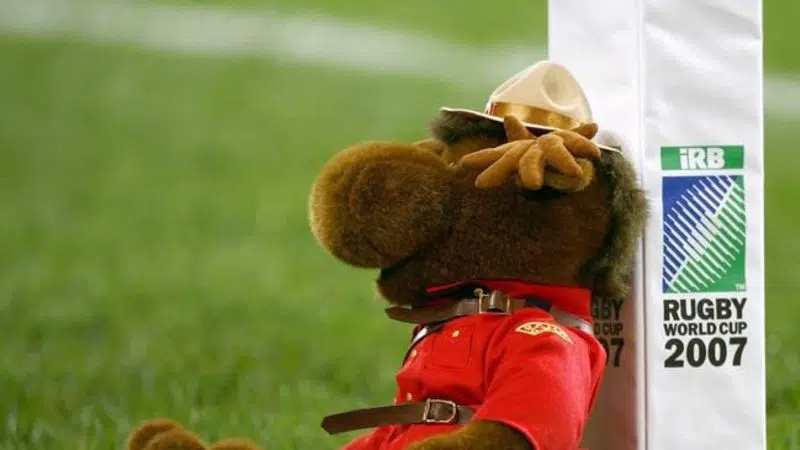
Rugby mascot a source of inspiration for Canadians at World Cup in Japan
Unlike most mascots, the plush moose dressed as a Mountie comes with a important back story for the Canadian men at the Rugby World Cup in Japan.
The moose, part of the Canada team since 2007, is usually left on the side of the pitch during games.
But it transitioned from mascot to inspiration after a 2011 team talk in Victoria by Capt. Trevor Greene, a member of the Canadian Armed Forces who nearly died in Afghanistan.
Today the team mascot is called Captain Greene in his honour.


